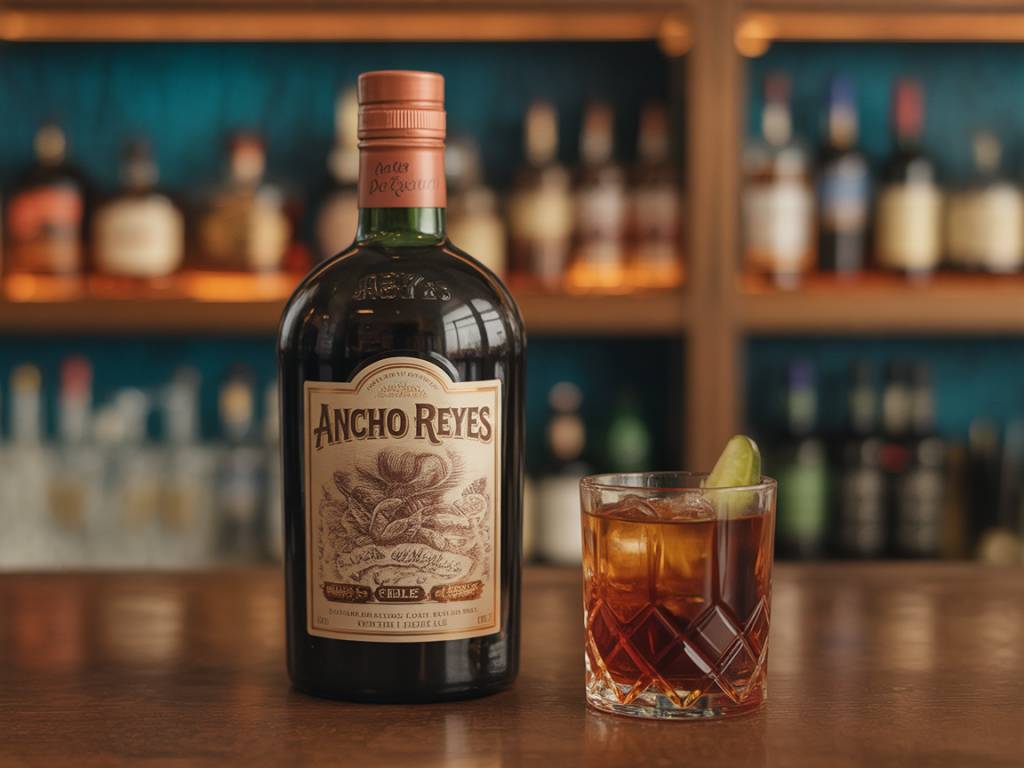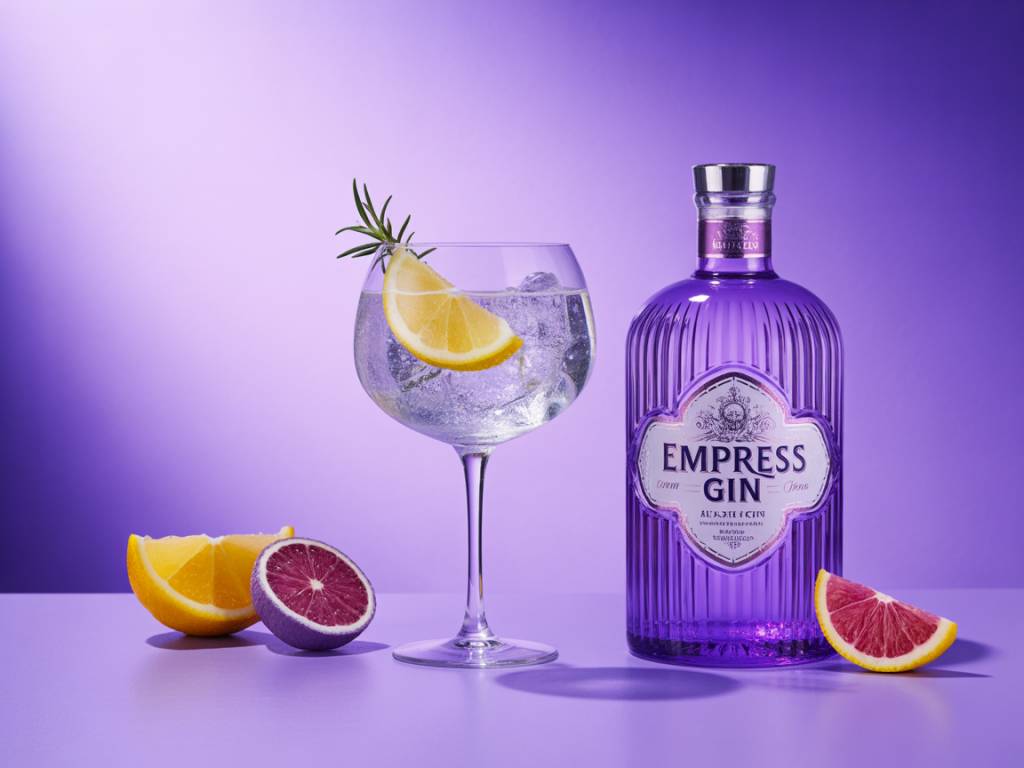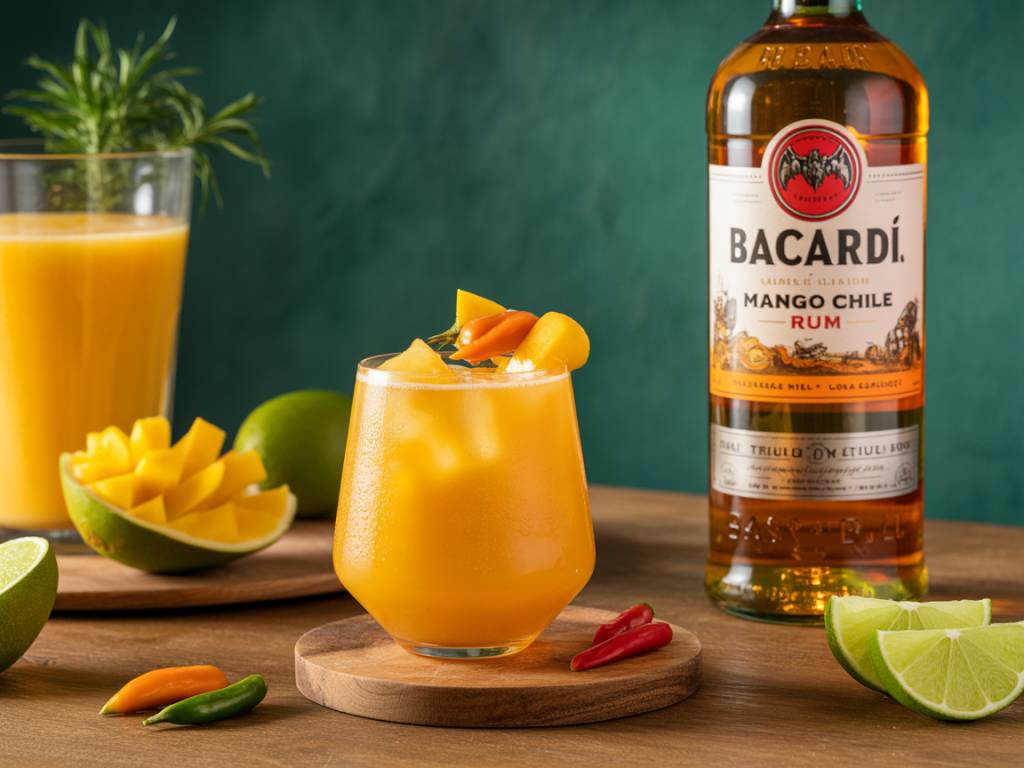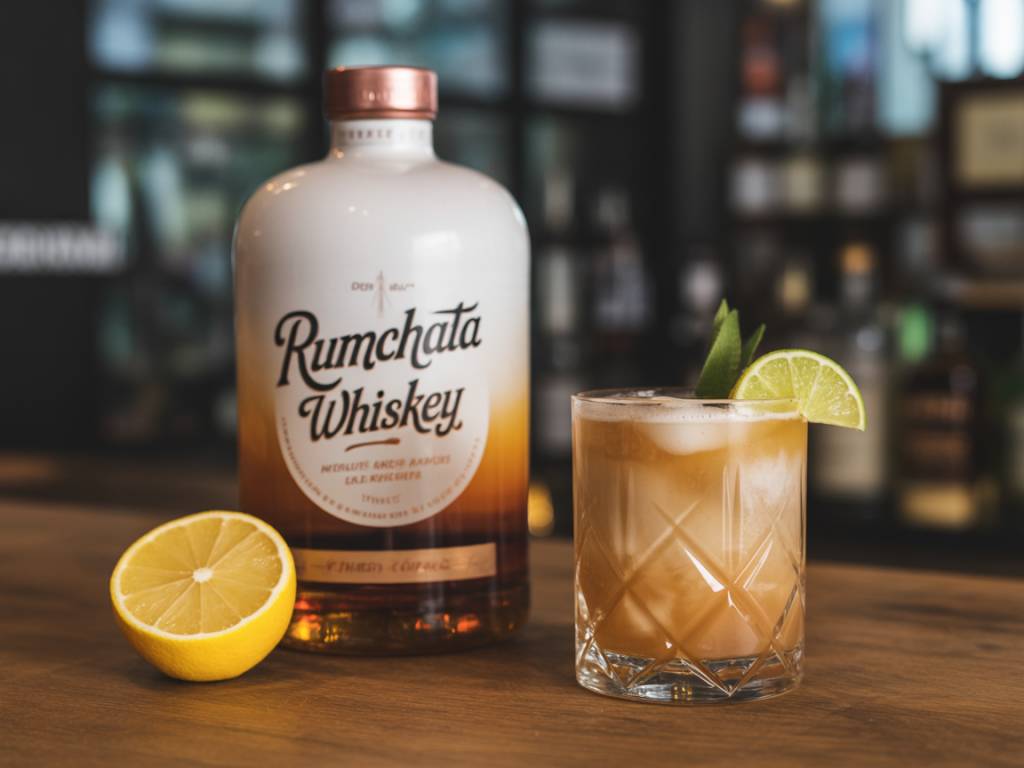You know that moment when a guest asks for “something smoky, maybe spicy,” and your brain instantly flips through a mental Rolodex of mezcal and bitters? Well, if Ancho Reyes hasn’t made its way onto your go-to list yet, it’s high time. This chili liqueur out of Mexico isn’t just a trendy bottle for your backbar — it’s got roots, kick, and a whole lot of flavor versatility. Let’s break it down and see why more bartenders (myself included) are reaching for it more often.
What is Ancho Reyes?
Ancho Reyes is a chili liqueur made in Puebla, Mexico. Think of it as the spicy cousin of your favorite herbal or fruit liqueur. The original expression—Ancho Reyes Original—is crafted from sun-dried poblano peppers (which become what we know as ancho chilies), soaked in spirit and sweetened slightly to balance the heat. There’s also Ancho Reyes Verde, made with fresh, green poblano chilies for a slightly brighter, more vegetal flavor.
At 40% ABV, this liqueur walks the line between spicy and sippable. It’s not a full-blown inferno, but it brings a slow-building, smoky heat that can deepen a cocktail’s character without overpowering it. Think warmth, not burn.
Flavor Profile and What Makes It Unique
Start with notions of espresso, tobacco, cinnamon, and dried fig — then lace it all with a chile heat that lingers on the tongue. It’s complex, layered, and surprisingly adaptable. The Original leans richer and darker, perfect for fall and winter riffs, while the Verde has a fresher bite, killer in spicy margaritas or sour-style drinks.
In short, Ancho Reyes doesn’t shout. It whispers “I’m here” with a slow-burn presence that crops up long after sip one. For building cocktails with depth, that’s gold.
How Bartenders Are Using It
If you’ve got Ancho Reyes in your rail, you’ll start noticing just how often a half-ounce of it fixes a “missing something” in your drinks. Here are some of the top ways it’s finding its way into modern menus:
As a Spicy Modifier
This is the most popular use, and frankly the most efficient. Bartenders are adding ¼ to ¾ oz to spice up classics:
- Spicy Margarita: Sub out the jalapeños and muddling mess. A half-ounce of Ancho Reyes Verde gives you bold heat and layered chili flavor — without the vegetable chunk cleanup.
- Oaxacan Old Fashioned: Mezcal, a touch of Ancho Reyes (Original), agave, and mole bitters. Smoky, spicy, and complex without being aggressive.
- Spicy Paloma: Add a splash of Ancho Reyes Verde alongside tequila and grapefruit soda. Garnish with a spicy salt rim. Refreshing with bite.
This “modifier” technique is where the liqueur shines. You’re not making it the base — just adding depth and fire.
Swapping in for Sweet Liqueurs (for the Brave)
When you know what Ancho Reyes brings, you can use it in place of other liqueurs where sugar would otherwise smooth the edges. Try these swaps with care:
- In a spicy Negroni: Sub Ancho Reyes for the sweet vermouth to add a little chili smoke to the usual bitter equation. Works great for mezcal-based versions too.
- Fire & Smoke Manhattan: Rye, Ancho Reyes, and a dash of chocolate bitters can replicate a smoky, spicy Manhattan that calls back to mole sauce vibes.
It’s not for every guest — but this shift introduces people to savory flavors in their cocktails, which can be a game-changer for those bored with fruit-forward profiles.
Balancing Act: Think Before You Pour
There’s an art to using spicy ingredients like Ancho Reyes. Too much, and you’ve lost all nuance under chili fire. Too little, and it vanishes. Here’s what I’ve learned, shaker in hand:
- Start with a barspoon or ¼ oz for balance. It’s easier to add than to take away. A splash too much can turn a cocktail into what tastes like spicy soup.
- Use acid to rein in the heat. Lime juice or vinegar-based syrups can help lift the flavors and keep the chili from dominating.
- Don’t pair it with every spirit. It plays well with mezcal, tequila, rum, even bourbon — but avoid pairing with gin or scotch unless you’re specifically chasing unusual profiles.
It’s Not Just for Tequila and Mezcal
Let’s address the obvious: yes, Ancho Reyes and agave spirits are a match made in heaven. But stopping there is missing out.
- Rum: Try Ancho Reyes Original in a daiquiri riff with aged rum. It adds a molasses-y spice and almost tiki-style intrigue.
- Bourbon: A cozy pairing. I’ve used it in fall cocktails with apple cider and lemon juice — kind of like a hot toddy on the rocks, but way more interesting.
- Vodka: Make a michelada-style Bloody Mary. Ancho Reyes adds earthy heat without needing a fridge full of condiments.
The point is: think of it less as a « Mexican liqueur » and more as a flavor modifier that wants to collaborate, not dominate.
Quick Recipes to Try Behind the Bar
Here are a few tried-and-true recipes I’ve used both in service and at home — all designed to highlight what Ancho Reyes can do without stealing the whole show.
Smoky Chili Sour
- 1.5 oz mezcal
- 0.5 oz Ancho Reyes Original
- 0.75 oz lime juice
- 0.5 oz agave syrup
- 1 egg white (optional for texture)
Dry shake, then shake with ice and strain into a chilled coupe. Garnish with a chili powder rim if you’re feeling extra.
Fire & Fig
- 1.75 oz bourbon
- 0.5 oz Ancho Reyes Original
- 0.5 oz fig syrup
- 2 dashes Angostura bitters
Stir and strain over a big cube. Garnish with a smoked cinnamon stick.
Puebla Mule
- 1.5 oz blanco tequila
- 0.5 oz Ancho Reyes Verde
- 0.5 oz lime juice
- Top with ginger beer
Build in a copper mug over ice. Garnish with candied ginger or a lime wheel.
Behind the Scenes: A Bottle with Stories
Back in my bar days, I remember a regular — a heat-lover — who would ask for a “spicy Manhattan.” I started to experiment with small amounts of Ancho Reyes stirred into the mix. It wasn’t traditional, but it scratched the itch. He came back weekly, and we ended up naming the drink after him. That’s the beauty of this stuff: it becomes part of the bartender’s language. You don’t need to reinvent the wheel, just tweak the variables.
And let’s be honest — sometimes, the story behind what’s in the glass is what makes it memorable. Drink menus today benefit from those kinds of origin points. Ancho Reyes offers that narrative richness. It’s not just an empty modifier; it brings terroir, tradition, and taste in equal parts.
Stock It, Stir It, Share It
If you’re looking to add depth to your drink program — or just spice up your home bar routine — Ancho Reyes deserves a place on the shelf. It’s not a one-trick pony, and it plays well with others. Use it sparingly as a fire starter or lean into it to build bold, wintery sippers.
So next time someone asks for “a little heat,” reach for the chili liqueur that does more than just set your palate ablaze. It tells a story — one sip at a time.





